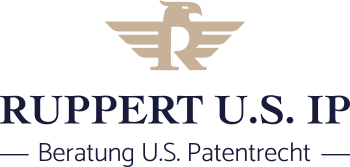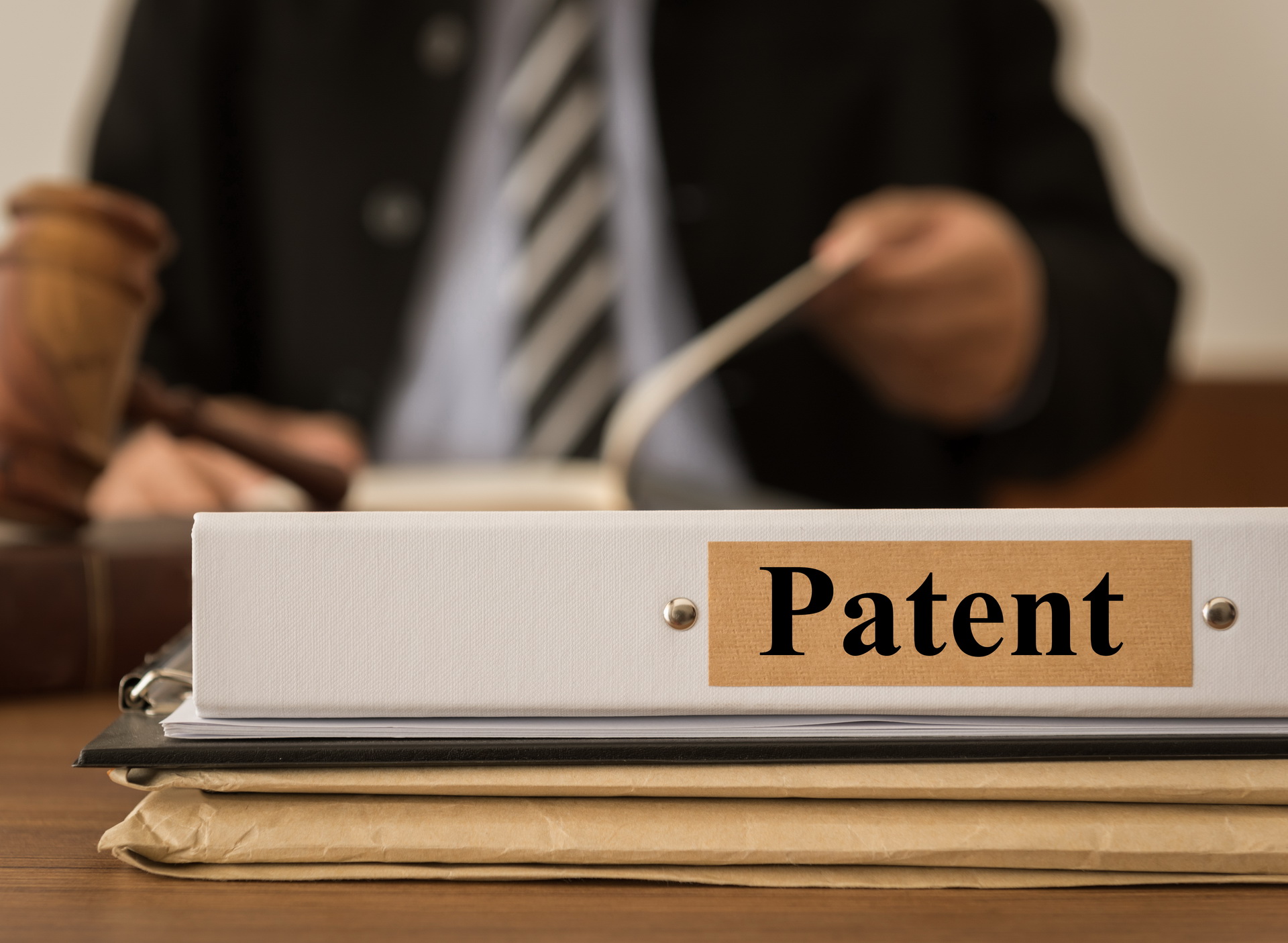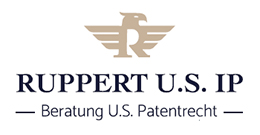PATENT APPLICATIONS – U.S. & WORLDWIDE
U.S. Patent Applications and Processing
U.S. patent applications are filed in the United States Patent and Trademark Office (USPTO). The USPTO’s many functions include, among others, examining patent applications and granting patents on inventions – provided the applicants are eligible under U.S. patent laws and have met all requirements.
There are three types of U.S. patents: Utility patents, design patents, and plant patents. With regard to utility patent applications, there are provisional and non-provisional applications. Which one is right for you? We will guide you.
Briefly, utility patents can be granted to anyone who invents or discovers a new and useful process, machine, article of manufacture, or composition of matter, or a new useful improvement thereof. Design patents may be granted to anyone who invents a new, original, and decorative design for an article of manufacture. Plant patents can be granted to anyone who invents or discovers a distinct and new plant variety and propagates it asexually. Most patent applications in the USPTO are utility patent applications.
RUPPERT U.S. IP GmbH assists you to put your invention on paper and file it with the USPTO. In doing so, a utility patent application must meet formal prescribed criteria and should include the following sections:
- Title of the invention
- Cross-references to related patent applications (if any)
- Statement of government-sponsored research or development (if applicable)
- If available, the names of the parties to a joint research agreement if the claimed invention was made as a result of activities under a joint research agreement
- If available, reference to a sequence listing, table, or computer program listing the appendix submitted on a compact disc and an incorporation by reference of the material on the compact disc
- Background of the invention
- Brief summary of the invention
- Brief description of the drawings (if any)
- Detailed description of the invention
- At least one claim
- Abstract of the disclosure
- Sequence list (if any).
A patent application, once written and filed in a patent office, cannot be amended to adapt it to any local legal requirements or to add any new subject matter. If German inventors take the common route and hire a German or European patent attorney to write a patent application, which later will be nationalized in the United States, we recommend consulting a U.S. patent attorney at the time of writing the patent application – so that U.S. specific requirements can be strategically considered from the outset.
Once a patent application is filed, RUPPERT U.S. IP GmbH will assist you along the entire path – until the patent is granted or you have decided on another path. Typically, that includes, in consultation with you, RUPPERT U.S. IP GmbH responding to official letters from the USPTO (so-called Office Actions), as well as other interactions with the USPTO, e.g., interviews with patent examiners, etc., and in the context of your foreign patent applications, working in close cooperation with local attorneys and law firms in those foreign countries in which you also seek patent protection (see more below).
Learn more about the “Path to a U.S. Patent” here
See a listing of U.S. patents that Dr. Ruppert was involved in obtaining.
Should you be interested in obtaining a U.S. patent for your invention, please contact us. RUPPERT U.S. IP GmbH will be happy to guide you through that process.
Worldwide Patent Applications and Processing
Patents are territorial, i.e., a patent is only valid in the country in which it was granted, and your legal claims can only be enforced in that country. However, for cost reasons, it is almost impossible to apply for a patent in all countries at an early stage, which is determined by the priority date of your invention. Especially since you may not know at an early stage in which country you want to expand your business. This is where a so-called “PCT” patent application offers a financially and strategically interesting solution. With a PCT patent application, you “buy” yourself time and the right to register your patent rights at a much later date in the countries that are of interest to you – at a time when your business ideas are probably better developed.
Attorneys are also “territorial,” meaning that a U.S. attorney may not practice before the European Patent Office (EPO), for example, and a European attorney who is not admitted to practice before the U.S. Patent and Trademark Office (USPTO) may not practice there. Nevertheless, all attorneys may file PCT applications in the appropriate patent offices. However, to “nationalize” a PCT patent application, you will then need a “local” patent attorney. In addition, it is of utmost importance that the “local” patent attorney is also very familiar with the local patent laws, which sometimes change due to court decisions. Other foreign attorneys would not be knowledgeable about. Therefore, we cooperate with a network of foreign patent law firms in order to successfully process your patent applications in the foreign countries you have selected.
Since RUPPERT U.S. IP GmbH also assists you in the processing of your U.S. patent rights, and since there are certain procedures within the framework of the U.S. Patent and Trademark Office to accelerate the obtaining of a U.S. patent, we can, with the involvement of a swiftly granted U.S. patent, also try to achieve faster patent protection for you on an international level. Not only does this provide a comprehensive patent portfolio more quickly, it can also save money in the individual foreign countries.
Learn more about a PCT application here.
Should you be interested in patent protection in foreign countries, please contact us. RUPPERT U.S. IP GmbH will advise you, taking into account your business interests, on the best strategy to obtain the best possible protection for your inventions in the countries of your interest.



